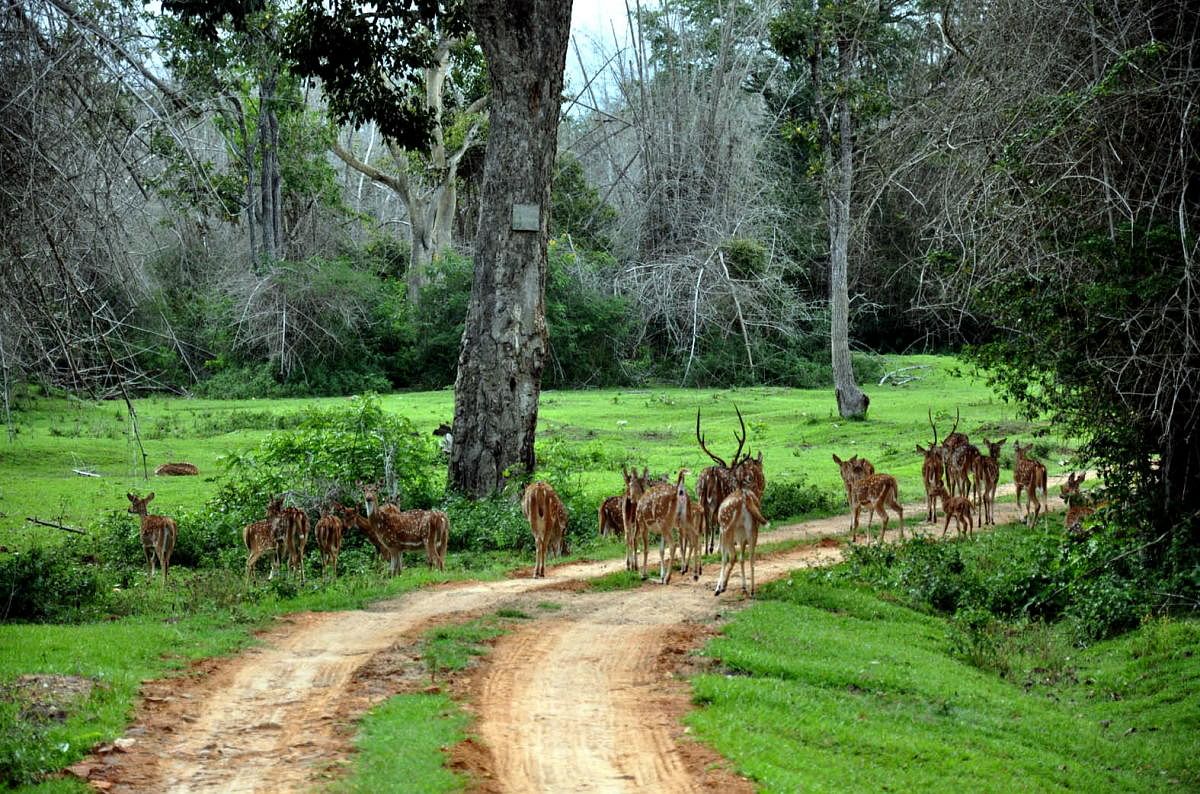
Forests in India form the second largest land use after agriculture and there are close to 2,00,000 villages that live inside or on the fringes of the forest. According to a 2006 study by the World Bank, an estimated 275 million people depend on forests significantly for their sustenance and livelihood. Therefore, forest conservation priorities cannot be determined in isolation from local people and broader patterns of natural resource use. So, this must be complemented by policies promoting the equitable development of the natural resource base as a whole.
Karnataka was one of the states where the Social Forestry programme was implemented in the 1980s. In spite of its name, the programme lacked the involvement of local communities and ended up propagating a model of ‘community woodlots’ that focused on eucalyptus, which was considered to be an inappropriate option. However, in the past few years, success stories have cropped in several parts of Karnataka due to the Forest Department’s encouragement to plant and harvest species like rattan that are suitable for the area. Again in a separate instance, in 2017, the State has topped the list with a salubrious population of Asiatic Elephants after achieving a similar feat by hosting the highest population of tigers in the country. In spite of the constant efforts of the department, deaths of tigers and wildfire incidents have been reported and are a cause for concern.
Participatory approach
One aspect that has been realised invariably by all stakeholders is the importance of a participatory approach and the need for a robust framework to bridge the gap between planning and implementation. Hence, a decentralised and participatory forest management programme called Joint Forest Management (JFM) was developed. Ever since it was first initiated in the 1990s, JFM has begun to transform how forests are protected and used in India. Under this initiative, local communities are invited to partner in protecting forests.
The programme has undoubtedly made a good beginning in improving the condition of degraded forests and, to some extent, benefited those dependent on them for livelihood. As per a Government of India report, at least 35 million human-days of employment were generated in the Non-Timber Forest Produce (NTFPs) trading. Overall, the JFM practices have a significant positive impact but the efforts are limited to some states only.
Now, with several initiatives, the real challenge for JFM is to attain long-term sustainability. Though the initial aim of JFM was the provision of forest usufructs, today, it needs to be towards overall village development. Efforts should be made to increase agricultural productivity, incorporate soil and water conservation, and development of fuelwood and fodder plantations among others.
Smart villages
The concept of smart villages is a great option to ensure overall village development. Smart villages are villages with well-identified needs, suitable options for identified needs and are implemented with help from the Forest Department. The resilience framework is a good way to design smart villages. It is a robust decision making and implementation tool which is flexible enough to accommodate the specific needs of local communities.
With the growing need for an integrated development that must reach the grassroots people, the platforms must invariably utilise modern technology in planning. Decision-making platforms must be well integrated with artificial intelligence for all stakeholders to interact and involve non-invasive learning methods to engage with local people.
The integration of resilience framework with JFM practices can fulfil the needs of village people at the local level and the sustainable development goals at a global level. The policy-making needs to be a little more holistic now, with multiple schemes designed for various agendas. Their convergence is of utmost importance and this could be worked out in the detailed project report stage by making the Forest Department an important stakeholder.